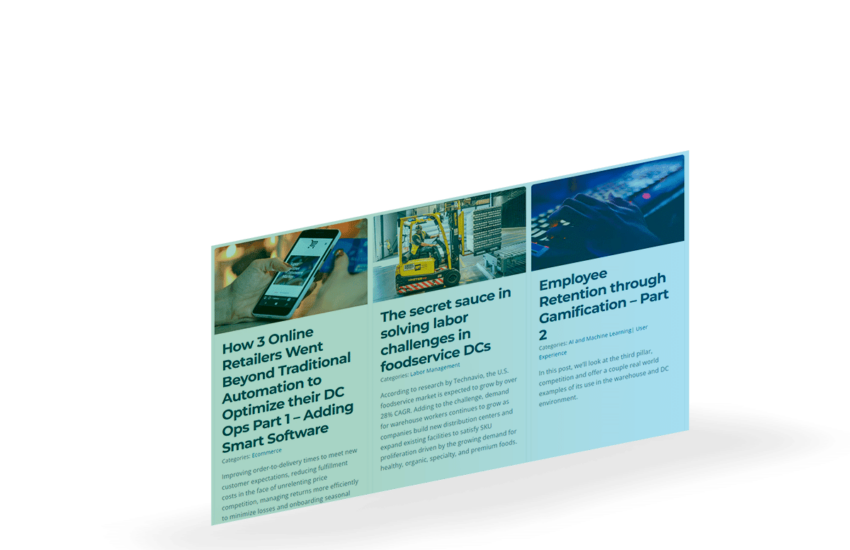Optimize Competitive Returns: A Comprehensive Guide
In today’s fast-paced marketplace, understanding how to optimize competitive returns is crucial for businesses aiming to enhance profitability and sustainability. Numerous studies suggest that effective pricing strategies can significantly impact a company’s bottom line, making it imperative for organizations to analyze their return strategies meticulously. In this article, we will explore the various aspects of competitive returns optimization, starting from fundamental concepts to advanced strategies, including actionable insights and expert recommendations.

As we delve deeper into this topic, readers will gain insights into:
- Understanding the importance of competitive returns
- Key strategies for optimizing returns
- The role of data analysis in decision-making
- Practical examples from successful companies
- Expert recommendations for further improvement
Let’s begin by examining the core concepts behind competitive returns.
Understanding Competitive Returns
Competitive returns refer to the profit margins that businesses can achieve as a result of strategic pricing practices in relation to their competitors. These returns are influenced by various factors, including market dynamics, consumer behavior, and operational efficiency. To grasp how to optimize these returns, understanding the underlying metrics is essential.
Defining Key Metrics
Before delving into optimization strategies, it’s necessary to define the key metrics that businesses typically monitor:
- Return on Investment (ROI): A key indicator of profitability, measuring the return on investments made.
- Net Profit Margin: Represents the percentage of revenue that exceeds the costs of goods sold.
- Customer Acquisition Cost (CAC): The cost associated with bringing a new customer on board.
The Importance of Competitive Analysis
Conducting a thorough competitive analysis is vital. This includes benchmarking against industry standards and competitors to identify best practices. Researching how other companies structure their pricing strategies can offer valuable insights into what works and what doesn’t.
Strategies for Optimizing Competitive Returns
Now that we’ve established a foundation, let’s explore specific strategies for optimizing competitive returns.
1. Crafting a Dynamic Pricing Strategy
Dynamic pricing involves adjusting prices based on current market demands, competitor pricing, and other external factors. Companies like Amazon have mastered this technique to maximize their returns. Implementing a dynamic pricing model requires constant monitoring of market trends and competitor movements.
2. Leveraging Data Analysis
Data analytics plays an increasingly critical role in decision-making. By analyzing purchasing behavior and market trends, companies can adjust their strategies accordingly. Utilizing tools such as Google Analytics or specialized pricing software can provide valuable insights.
Key Data Points to Analyze:
- Sales volume trends
- Customer feedback and satisfaction levels
- Competitor pricing fluctuations
3. Personalizing Customer Experiences
Personalizing customer experiences can significantly impact retention rates and, consequently, return rates. By utilizing segmented marketing strategies, businesses can increase customer loyalty and, ultimately, profitability.
Techniques for Personalization:
- Email marketing tailored to customer preferences
- Customized product recommendations on e-commerce platforms
- Exclusive offers for repeat customers
4. Utilizing Customer Feedback
Continuously gathering and analyzing customer feedback is essential. It allows businesses to adapt their strategies based on consumer expectations and preferences. Conduct surveys, solicit reviews, and engage with customers to ensure their needs are met.
Case Studies of Successful Competitive Returns Optimization
Examining organizations that successfully optimize their competitive returns can provide valuable lessons for other businesses. Here, we’ll highlight a few notable examples.
Case Study 1: Company A – The Dynamic Pricing Pioneer
Company A implemented a dynamic pricing strategy that adjusted rates based on real-time data. As a result, they experienced a 20% increase in their net profit margins over a year. By leveraging technology and analytics, they outperformed several competitors who were slower to adapt.
Case Study 2: Company B – Data Analysis Experts
Another organization, Company B, utilized comprehensive data analysis to optimize inventory and pricing strategies. By dissecting customer purchasing habits, they streamlined operations and reduced CAC by 15%, significantly enhancing returns.
Expert Recommendations
To finalize this discussion on optimizing competitive returns, here are some expert recommendations:
- Regularly review and adjust your pricing strategies based on market conditions.
- Invest in technology that supports data analytics and customer relationship management.
- Experiment with customer segmentation to better target your marketing efforts.
Conclusion
Optimizing competitive returns is not merely a function of setting the right price; it encompasses a comprehensive approach that involves analysis, strategy, and iteration. By understanding key metrics, leveraging data analysis, and adjusting to market dynamics, businesses can significantly enhance their profitability.
As you consider how to implement these strategies, remember to continually assess your competitive landscape. For more insights on similar topics, check out this article which covers effective pricing strategies that can lead to sustained business growth.
Ultimately, optimizing competitive returns is a journey that demands not just strategy, but also adaptability and a commitment to understanding market trends and consumer behavior. By following the insights provided in this article, businesses can set themselves up for greater financial success and resilience in a competitive marketplace.
